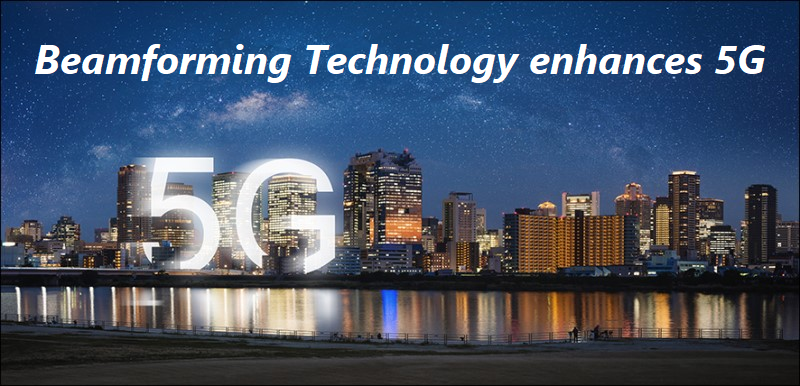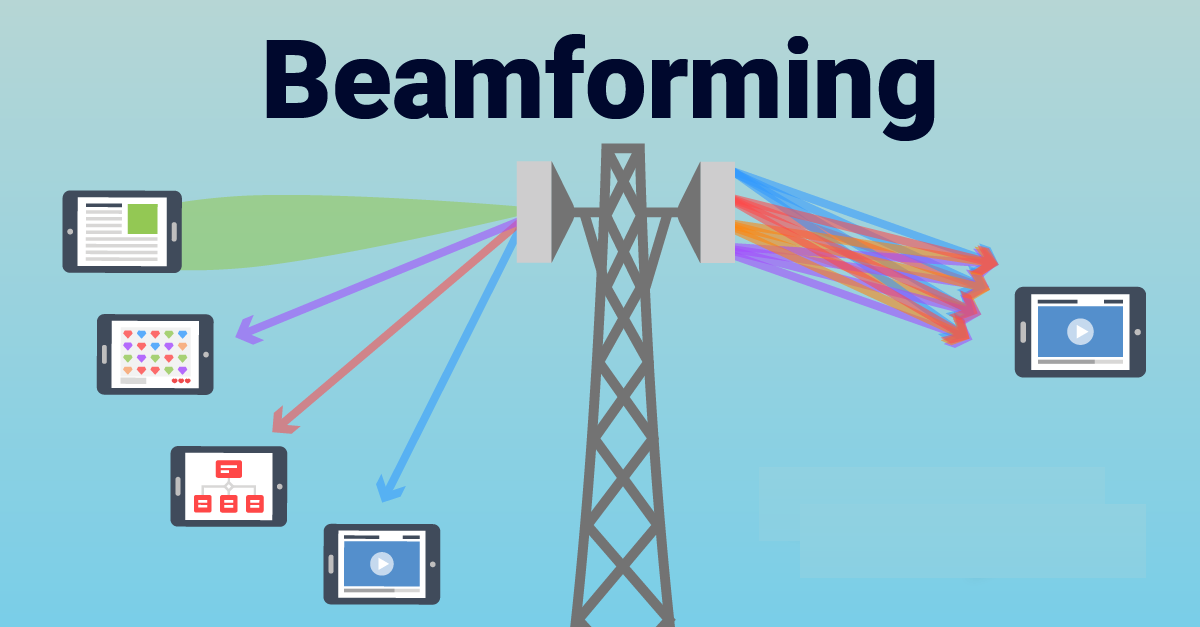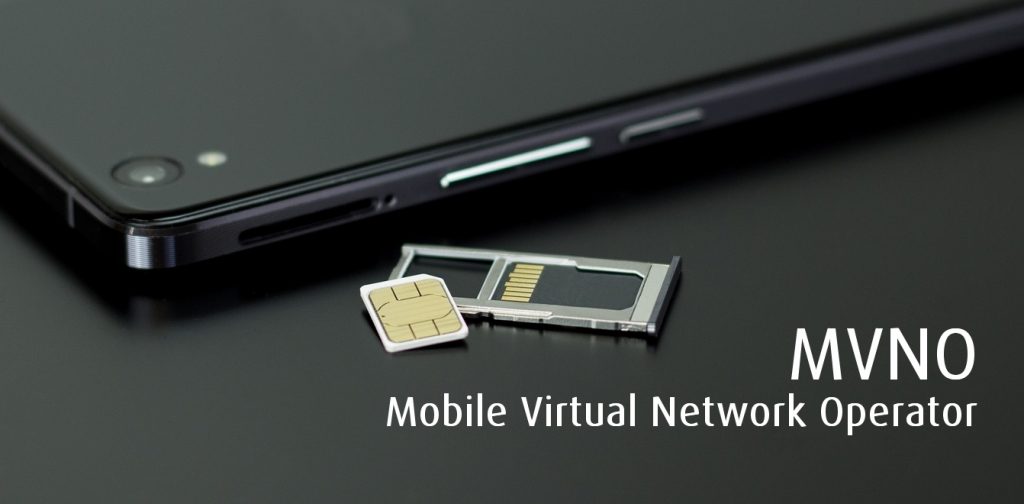Beamforming Technology enhances 5G
Beamforming is a key technology that significantly enhances the performance and capabilities of 5G networks. This section explores the concept of beamforming, its benefits, different types of beamforming techniques, and real-world applications that leverage this technology.

Introduction to Beamforming:
Beamforming is a signal processing technique used in wireless communication systems to improve the efficiency of signal transmission and reception. It involves shaping and directing the transmission/reception patterns of antennas to focus the signal energy towards the intended receiver or target area.
Benefits of Beamforming in 5G:
- Beamforming offers several advantages in 5G networks:Enhanced Signal Strength: By focusing the transmitted energy towards the intended receiver, beamforming improves signal strength and quality. This leads to better coverage, reduced interference, and improved reliability of wireless connections.
- Increased Network Capacity: Beamforming enables the simultaneous transmission of multiple data streams to different users or devices. This multi-user MIMO (MU-MIMO) capability significantly increases the network capacity and supports high-speed data rates.
- Extended Range: Beamforming can extend the range of wireless communication by directing the transmitted signal towards a specific target. This is particularly useful in scenarios where users are located far from the base station or in areas with challenging propagation conditions.
Types of Beamforming Techniques:
- Digital Beamforming: Digital beamforming is performed entirely in the digital domain using signal processing algorithms. It requires multiple antennas at the base station and enables precise control of the transmitted/received beams. Digital beamforming is flexible, adaptable, and allows for dynamic beam steering and adaptive beamforming based on changing channel conditions.
- Analog Beamforming: Analog beamforming utilizes phase shifters or other passive components to adjust the phase and amplitude of the signals at the antenna elements. Unlike digital beamforming, analog beamforming is simpler and more cost-effective but offers limited adaptability and beam steering capabilities.
- Hybrid Beamforming: Hybrid beamforming combines the advantages of both digital and analog beamforming. It uses a combination of digital processing and analog beamforming to achieve a balance between flexibility, performance, and cost. Hybrid beamforming is often employed in practical 5G deployments to strike a compromise between complexity and efficiency.

Practical Applications of Beamforming in 5G:
- Improved Mobile Connectivity: Beamforming enhances mobile connectivity by focusing the wireless signals towards the user’s location, resulting in stronger signal reception and improved data rates. This is particularly beneficial in crowded urban environments, where users may experience signal degradation due to interference or signal blockage.
- High-Speed Internet Access: Beamforming is crucial for delivering high-speed internet access in fixed wireless scenarios. By directing the signal towards the user’s premises, beamforming ensures reliable and high-bandwidth connectivity, eliminating the need for wired connections in certain areas.
- Internet of Things (IoT): Beamforming plays a vital role in supporting massive IoT deployments. By efficiently directing the signals towards IoT devices, beamforming enables reliable and low-power communication for a wide range of IoT applications, including smart cities, industrial automation, and healthcare monitoring.
- Autonomous Vehicles: Beamforming is essential for enabling reliable and low-latency communication in autonomous vehicles. By precisely directing the signals towards the vehicles, beamforming ensures seamless connectivity for real-time navigation, vehicle-to-vehicle communication, and advanced driver assistance systems (ADAS).

Challenges and Considerations in Beamforming Implementation While beamforming offers significant benefits, there are challenges to consider during its implementation:
- Channel Estimation: Accurate channel estimation is crucial for successful beamforming. Estimating the channel conditions, including path loss, fading, and interference, requires sophisticated algorithms and robust signal processing techniques.
- Hardware Complexity: Implementing beamforming requires multiple antennas and associated radio frequency (RF) chains, which increases hardware complexity and cost. Advanced antenna design, RF integrated circuits, and antenna array calibration techniques are employed to address these challenges.
- Interference Management: Beamforming can be susceptible to interference from other users or devices. Techniques such as interference nulling, interference cancellation, and intelligent scheduling algorithms are used to mitigate interference and optimize performance.

Future Directions and Innovations Beamforming technology continues to evolve, and ongoing research and development efforts aim to further enhance its capabilities:
- Millimeter Wave Beamforming: As 5G networks extend into millimeter wave (mmWave) frequencies, beamforming becomes even more critical. mmWave beamforming enables precise beam steering and narrower beams, compensating for the higher propagation losses at these frequencies.
- Intelligent Beamforming Algorithms: Advancements in artificial intelligence (AI) and machine learning (ML) techniques allow for intelligent beamforming algorithms that adaptively optimize beamforming parameters based on real-time network conditions. These algorithms can improve network performance, optimize resource allocation, and enable self-optimizing networks.
In conclusion, beamforming technology is a fundamental building block of 5G networks, enabling enhanced signal strength, increased network capacity, and extended range. With its ability to focus signals towards intended recipients, beamforming improves connectivity in various applications, including mobile communications, high-speed internet access, IoT deployments, and autonomous vehicles. While challenges exist, ongoing research and innovations in beamforming promise to unlock its full potential, paving the way for more efficient and reliable wireless communication in the 5G era.
By Abdul W Moghul
 MVNO MVNE MNO Mobile & Telecoms industry intelligence Telecoms Jobs, News and Business
MVNO MVNE MNO Mobile & Telecoms industry intelligence Telecoms Jobs, News and Business






